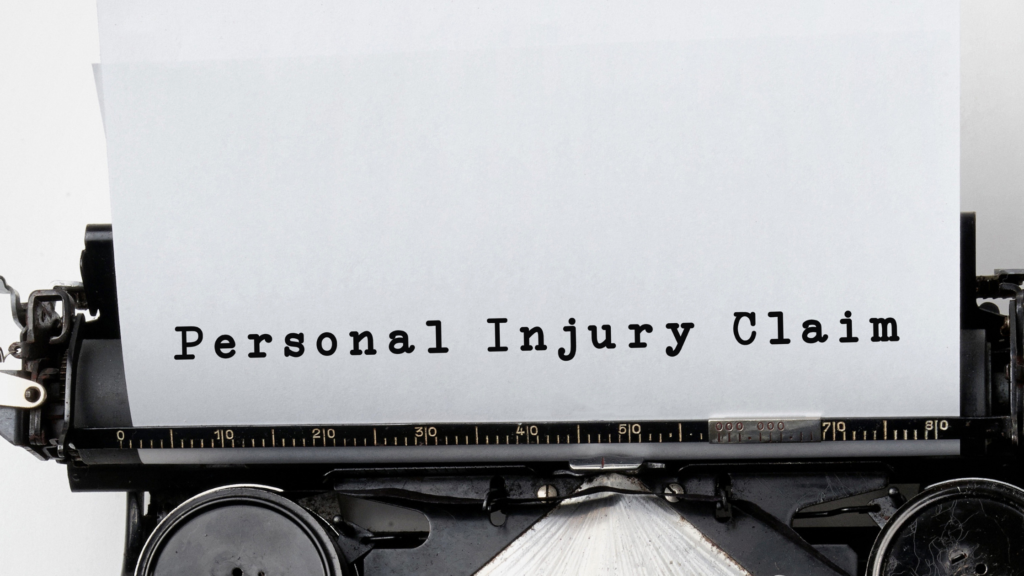Determining Fault in a Personal Injury Claim
In order to bring a valid personal injury claim and receive compensation, you must be able to prove the other party was at fault for the accident that caused your injury. Determining fault in a Personal Injury Case is a process of gathering information including police records, witness statements, and medical reports.
You will not be able to prove the other party is liable for your damages without first establishing negligence was present during the accident. In this blog post we will use an example of a car accident to discuss how fault is determined.
What evidence is used to determine fault in an accident
Lawyers, and insurance companies, investigating an accident often look at a wide range of evidence when determining fault. Such evidence often includes:
- Testimony from witnesses who saw your accident
- Video footage of your accident (if there is any)
- The investigating Police Officer’s official report
- The other driver’s written or verbal statements about the accident
- Your written or verbal statements about your accident
- Medical records which indicate how injuries occurred as a result of the crash
Every piece of evidence matters when determining fault in an accident and it is often not entirely clear where, and how much, of the fault lies with each party.
How Insurance Companies Determine Fault
Most personal injury claims are settled out of court, and are resolved by each party’s insurance company by an insurance adjuster. However, if fault is contested by either party it will usually go to court. An insurance adjuster will determine who was at fault in the car accident, sometimes assigning a percentage of fault to each driver. Once they complete their investigation they will assign all or a portion of fault to either party.
Why Fault Determination is Crucial for Every Personal Injury Case
Fault directly relates to the amount of compensation a victim gets through a claim or under their auto insurance. It can also affect the subsequent insurance premiums of each party. If you want to get the full compensation amount for all medical-related expenses, property damage, pain, and suffering, it is critical to prove that the person responsible for the accident was at fault and acted negligently.
How to Prove Fault in a Personal Injury Claim
In order to win a personal injury case, the plaintiff (the person injured) must prove the following four elements to show that the defendant (the person allegedly at fault) acted negligently:
- Duty – The defendant owed a legal duty to the plaintiff under the circumstances; When driving, you owe a duty of care to other car users on the road.
- Breach – The defendant breached that legal duty by acting or failing to act in a certain way; A driver texting while driving is in breach of their duty of care because they’re knowingly endangering other drivers on the road.
- Causation – It was the defendant’s actions (or inaction) that actually caused the plaintiff’s injury; If a driver crashed while texting (not paying attention to the road), this would be causation, as it was their actions that caused the crash.
- Damages – The plaintiff was harmed or injured as a result of the defendant’s actions. You’ve suffered injuries due to the crash and your car was significantly damaged due to the other driver’s negligence. (Source)
You will need evidence of the other driver’s negligence to prove they were at fault and caused the crash in this case. For example, dash cam footage, or witness statements can help to support your side of the story.
If it all sounds a bit murky, it’s because it can be. Even if you are the victim of an accident, a strong case of defence can make it hard to win an appropriate settlement for the damages. You’ll want a skilled personal injury lawyer on your side to help you build a solid claim and to argue your rights to compensation in court, should it go to court (most settle out of court).
Contact us today for a FREE consultation or read more about the types of personal injury claims we represent.


